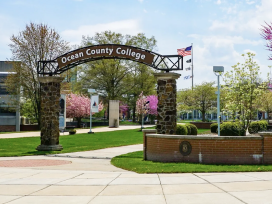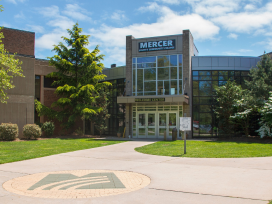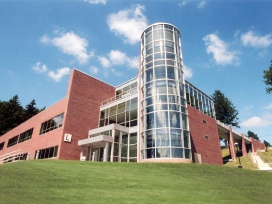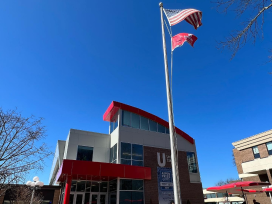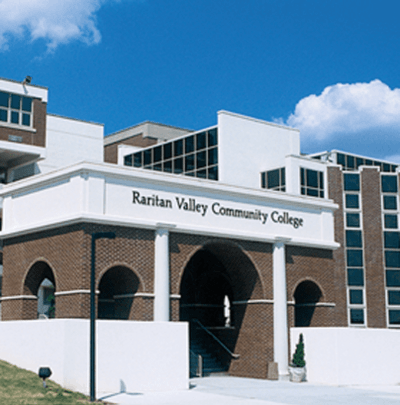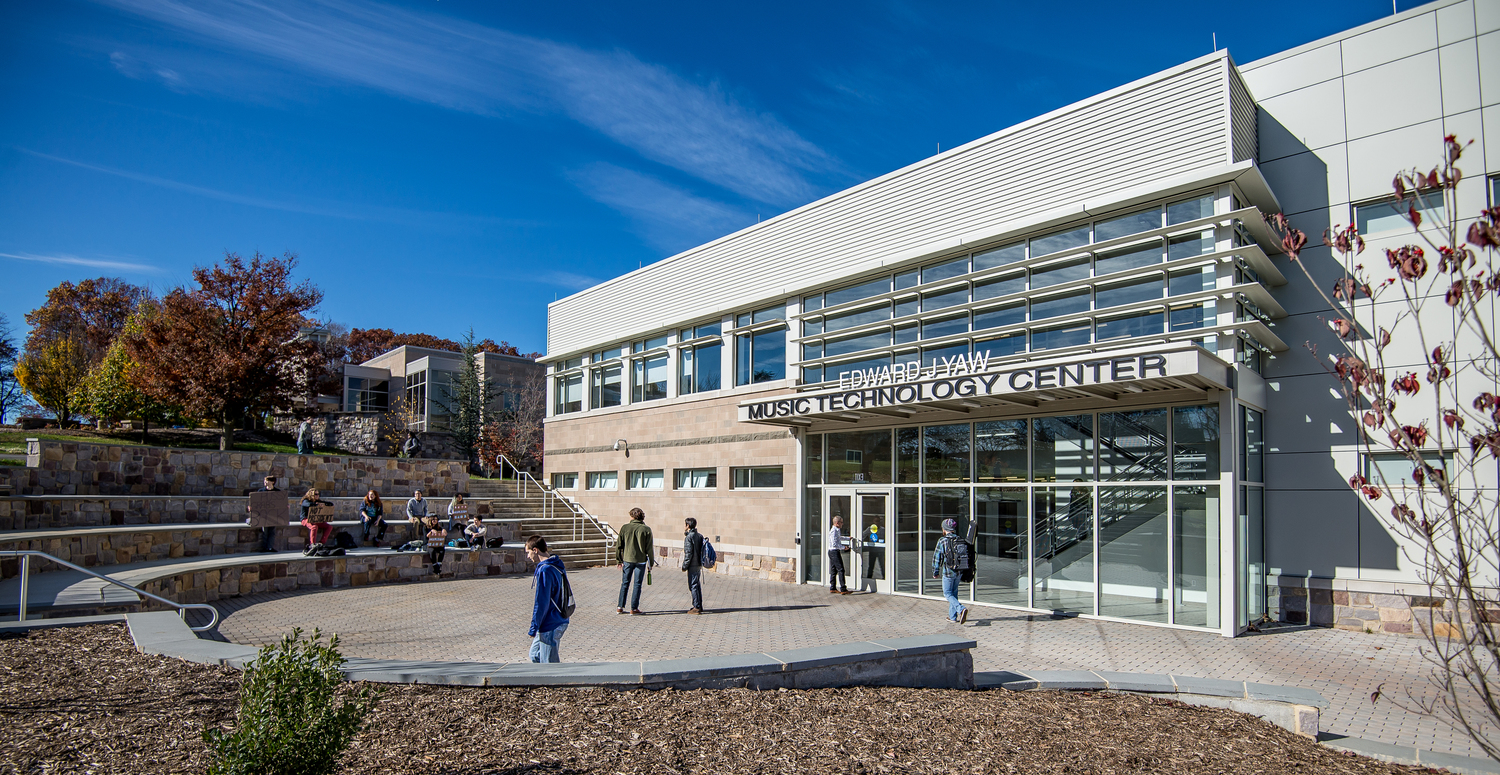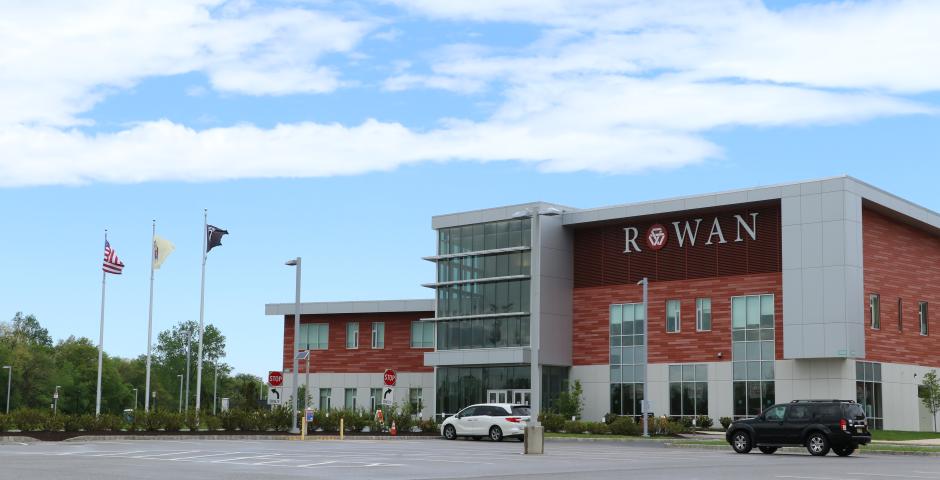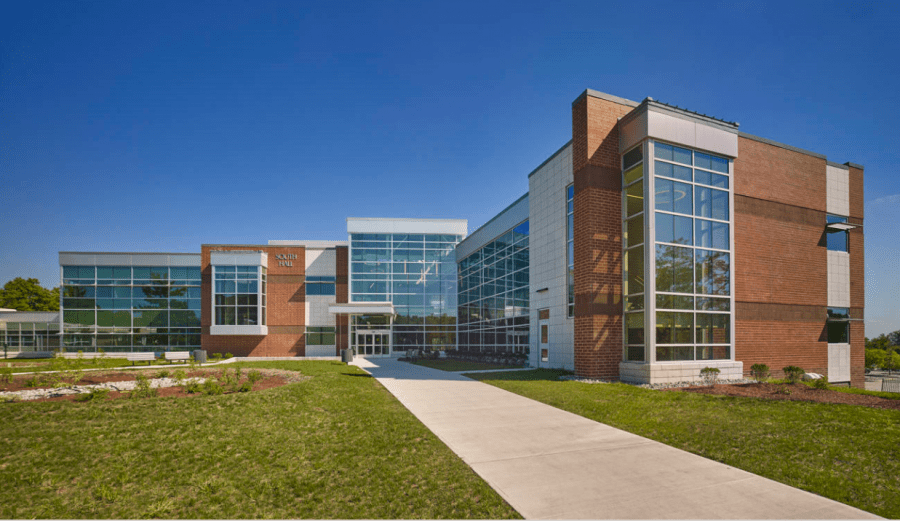NJ Pathways Perspective: Bridging the Gap Between Credit and Non-Credit Programs Through Stackable Credentials
by Dr. Cortney Bolden, Rowan College of South Jersey

Stackable credentials refer to the ability to accumulate knowledge and skills gained through training, school, or the workplace and apply them toward higher-level or adjacent credentials. While the concept of stackability in education has been evolving for over 20 years, its implementation in two-year and four-year colleges and universities remains a challenge. This challenge primarily arises from the disconnect between credit and non-credit programs.
Credit courses are typically designed for students pursuing an academic, state-approved degree or certificate, incorporating general education requirements to earn college credits. In contrast, non-credit training—also known as continuing education, career and technical education, or workforce development—focuses on skill development and workforce training. While non-credit programs often lead to nationally recognized industry credentials, they may not earn college credit or result in an academic degree or certificate.
Both credit and non-credit programs have proven effective in leading to employment opportunities in the manufacturing sector, both locally and nationally. However, they differ significantly in approach and duration. Non-credit training is typically short-term and tailored to specific skills and credentials often defined by the federal or state Departments of Labor and sought after by employers. These programs are usually taught by industry professionals and focus on practical applications, without requiring advanced mathematics or English composition courses, which are standard in academic credit programs. This divergence is a key factor in the disconnect between the two pathways.
Academic credit programs, particularly at four-year colleges or universities, must adhere to stringent accreditation standards, often requiring mathematics and English coursework as non-negotiable components. Two-year colleges frequently align their academic programs with four-year colleges and universities through articulation agreements to ensure seamless student transfers. As a result, the academic path tends to emphasize theoretical knowledge, calculations, measurements, and problem-solving skills. Students in credit-bearing programs often develop strong communication skills and proficiency in algebra, geometry, and trigonometry—skills that some employers find advantageous for roles requiring precision and analytical thinking.
Although skills acquired through non-credit programs are valuable and often sufficient for securing high-paying jobs, employees with academic degrees tend to experience faster career advancement. The ability to “stack” non-credit credentials into credit-bearing programs offers potential benefits, yet many academic institutions perceive non-credit training as lacking rigor. While non-credit students may excel in operating equipment and performing hands-on tasks, they may lack a deeper understanding of system functionality and underlying principles. Additionally, non-credit programs sometimes carry a lower status compared to traditional academic pathways. Conversely, industry practitioners often argue that academic programs lack sufficient real-world, hands-on training, making graduates less prepared for immediate workforce demands. Many employers prefer candidates trained in practical settings, such as apprenticeships, labor unions, or vocational schools, where they gain direct exposure to industrial-grade equipment.
Bridging the Divide
The challenge remains: how can we bridge the gap between non-credit and credit programs? A shift in perception is necessary from both sides. Academic instructors have observed that students from workforce training programs often outperform traditional credit students in lab assignments and practical applications. Meanwhile, academic programs are evolving to incorporate industry-grade equipment into coursework, ensuring students gain both operational experience and the ability to develop innovative solutions. To address the gap in instructor expertise, colleges and universities are increasingly hiring industry professionals to teach the hands-on components of advanced manufacturing courses.
Collaboration between academic course developers and non-credit training providers is essential. Mapping course learning objectives to industry-recognized competencies can create a more seamless transition between the two pathways. Competency-based assessments, both written and hands-on, can help determine which skills and knowledge students have already mastered. Additionally, nationally recognized certification exams can serve as benchmarks for specific competencies. To further support stackability, institutions should allow non-credit students to apply demonstrated competencies toward credit-bearing programs, with short-term boot camps or refresher courses available for any remaining requirements.
By fostering greater integration between credit and non-credit pathways, institutions can create more flexible and inclusive education models that better serve both students and employers. Addressing these challenges will not only enhance workforce readiness but also provide learners with clear, stackable pathways to career advancement.









